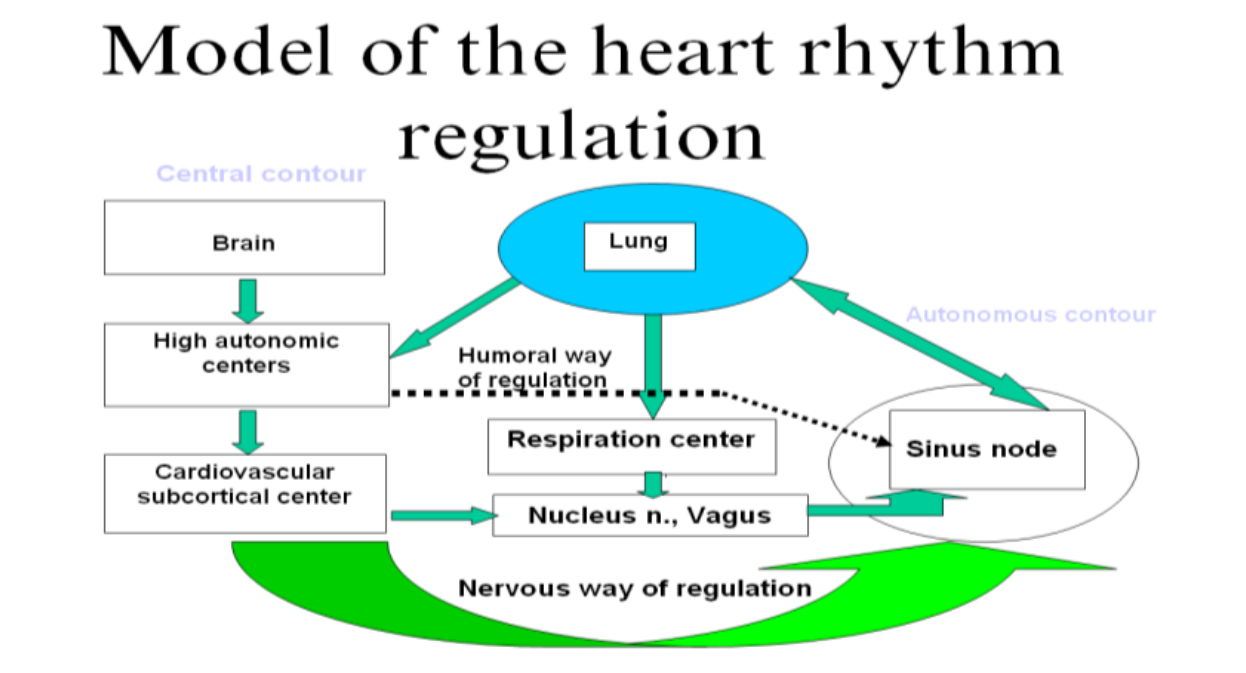Why We Get Stressed & What You Can Do About It Right Now.
Part 1: Why do we get stressed?
Why is it that when someone doesn’t let us merge, says something on Facebook or disagrees with us we sometimes get angry and fall into feeling anxious and stressed?
Let’s start with how our body is “programmed”.
There are processes in our body that happen without us having to think about it. Breathing, our pupils dilating to let in more light, sweating, sexual arousal, and how fast our heart beats are just a few processes that happen without us thinking about it.
These processes are controlled by the autonomic nervous system what I like to call the operating system of the body. The autonomic nervous system controls systems in the body behind the scenes much like the operating system of a computer. It does this so that we don’t have to constantly think about breathing, controlling our heart rate and so much more.
Built into the operating system of our body is two other systems: the parasympathetic nervous system and the sympathetic nervous system.
The parasympathetic nervous system (PNS) is the recovery system. It has majority control when we are resting, digesting, recovering and going about our normal day.
The sympathetic nervous system is the fight or flight system and sympathetic nervous system (SNS) becomes the dominant system when we feel threatened.
The SNS keeps us safe, keeps us aware, and is only supposed to have control for short periods of time. If we let it run unchecked it negatively affects our life and our health.
In fact an overactive SNS has been linked to PTSD, Fibromyalgia, Chronic Pain and in years of life lost prematurely.
If the SNS can save us from a bad situation but can also lead to a decrease in health when overreactive, what do we do?
We control it.
How?
The simplest way to decrease the activity of the SNS is to take a deep breath. When we feel threatened our heart rate increases and breathing rate increases. The body does this to prepare us for confrontation and prime us to get away from a threat. Taking a deep breath does the opposite. When we consciously take a deep breath it slows down our fast paced breathing and starts to slow our heart rate. This tells our brain that we are no longer in danger and allows us to start to return to a more parasympathetic state (rest, recovery and digestion).
An easy way to practice deep breathing is called the square method. Breathe in for 4 seconds, hold the breath for 4 seconds and then exhale for 4 seconds, followed by 4 seconds of no breathing and then repeated.
